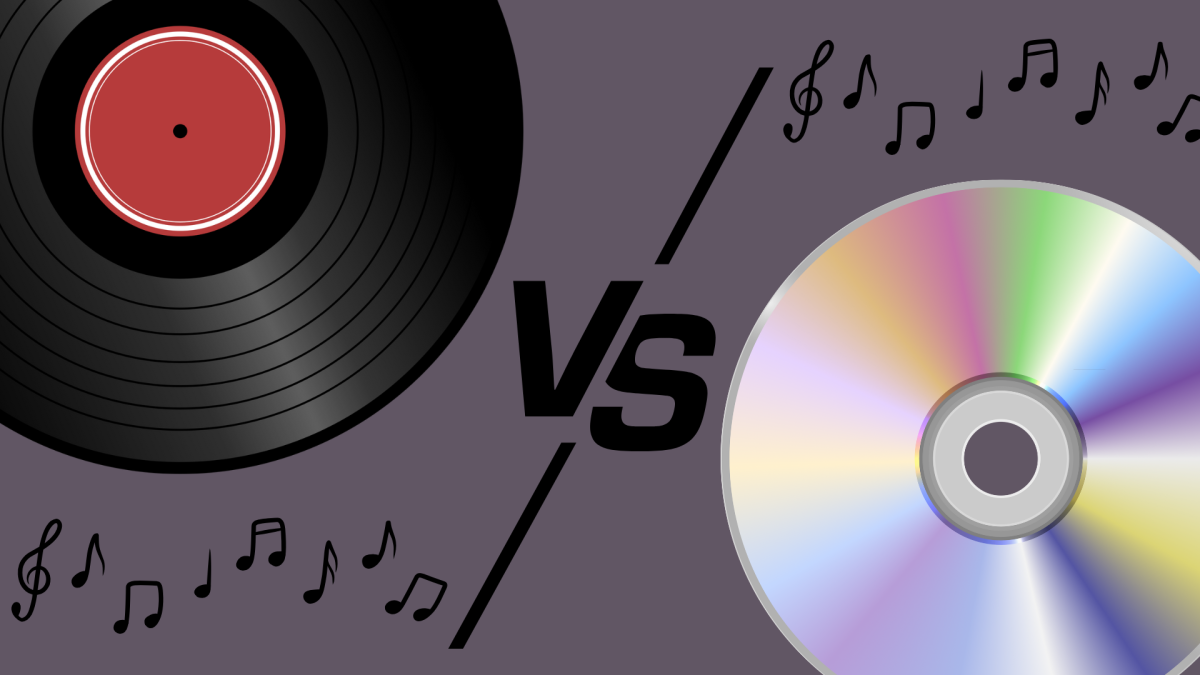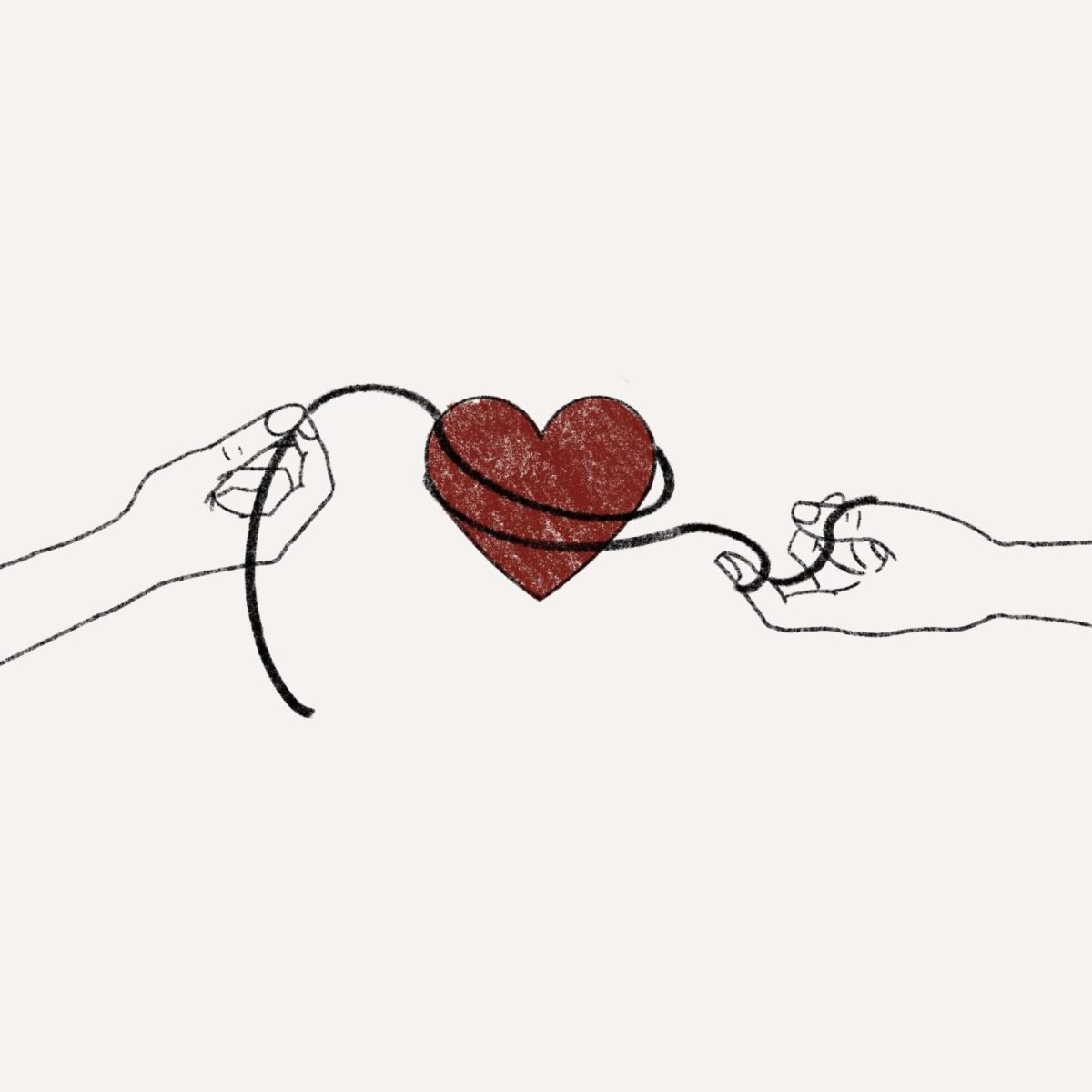You’ve recently been obsessed with a music band you found on Spotify. While jamming out to your music, your mother gifts you her old stereo system, remembering her youthful rebelliousness and infatuation with boy bands at your age. She hands you a crisp five-dollar bill and eagerly persuades you to buy a CD with the rest of your allowance. On that same day, while helping your grandparents clean out their attic for a yard sale, you stumble upon a dusty record player next to a stack of vinyls of hot music from the 60s reading: The Beatles Greatest Hits, Pink Floyd and The Beach Boys. They let you keep it as an early birthday present, hand you thirty dollars and encourage you to buy a vinyl for a promising collection in the future. Pondering about the choices at your disposal, you’re still unsure whether to spend the money on a couple of CDs or an antique record. For many music enthusiasts, when picking between physical music albums, it’s often a battle between vinyls and CDs. It’s a struggle to choose which one to take home when considering the pros and cons of both, but the decision boils down to the purchaser’s personal preference.
Although music is now available online with streaming apps, people often display their music taste as an aesthetic. Collecting CDs of your favorite rock bands and displaying them on a shelf in your room strongly speaks about your interests through room decor. Like vinyls, people often hang the records on their walls, along with the album cover next to it. But, apart from aesthetic purposes, what else is there to both of these different disks?
Since the 1930s, music has been available at a person’s disposal with the release of vinyls. To play it, you transfer the disk onto the round platform, place the hole in the middle of the disk over the stick of the circular base, set the needle onto the record, and let the music flow out. These records provide a raspy sound with their limitations of frequency in a monophonic immersion of unaccompanied melodic tunes. The vinyl allowed people to listen to music in their own time, at home or at parties. Although the quality wasn’t great in early recorded pieces, the music improved over the last century with technological advancements in the music industry. Since 2023, vinyls remain the larger selling albums compared to CDs. Today, vinyl records have improved in quality and design and continue to provide that ‘analog warmth,’ the crinkling pops of the needle on the record as it spins on the turntable, and its unconditional nostalgia.
After vinyls came cassettes, and after cassettes came CDs. In 1982, music was preserved in smaller disks. These CDs provided a source of easy, transportable music in vehicles and on-the-go tunes thanks to Sony Discmans. Since the ‘80s, according to BBC, these CDs grew in popularity and, by 2007, over 200 billion CDs were sold and bought worldwide. Although smaller, they provide full 44.1 kHz uncompressed digital audio and empower the listener to immerse in the raw emotion that music conveys fully. The sound provides refined quality by avoiding tonal inconsistencies, background noises, clicks and harsh pops and supplies greater dynamic range.
So, despite the superior sound quality and transportability CDs hold over records, why do people pick vinyls over these smaller disks? As mentioned before, records hold memories and welcome an overwhelming sensation of nostalgia invoked by the appreciation of rustic bands. These buyers are typically older generations that continue holding on to their teens and early-adult life through music or teens who are into the ‘old look’ of these records (kidding). Either way, it’s more than just the quality; it’s also about the story they tell. Vinyls, CDs, pick your choice.









